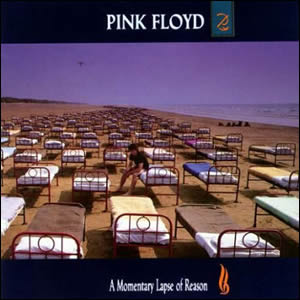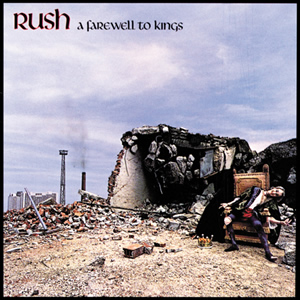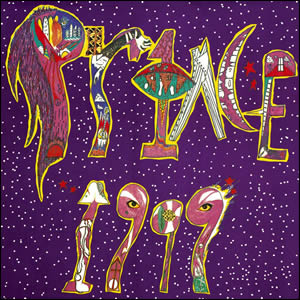A Momentary Lapse of Reason
by Pink Floyd
Buy A Momentary Lapse of Reason The first Pink Floyd album not to feature founder and bassist Roger Waters, A Momentary Lapse of Reason represented a definite transition to a new phase in […]



